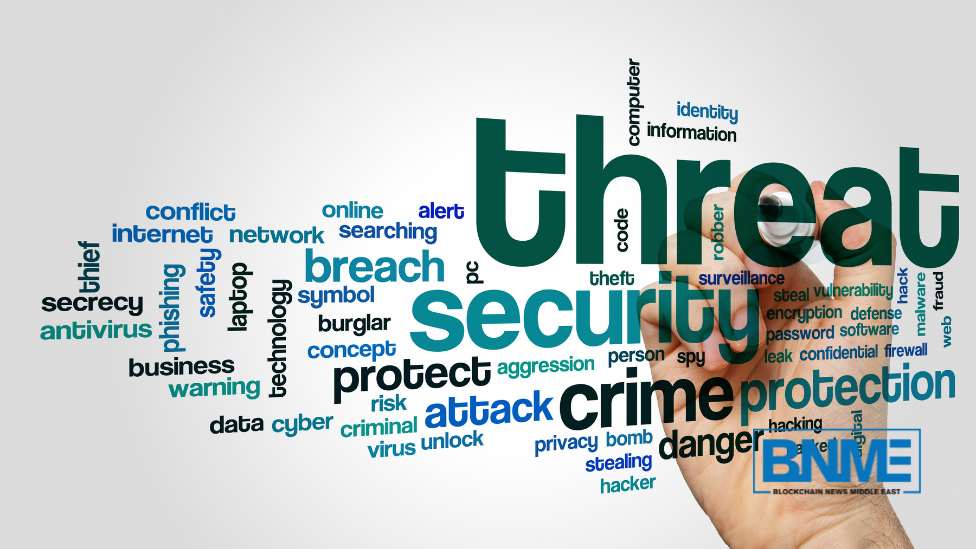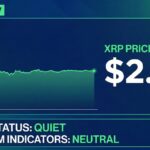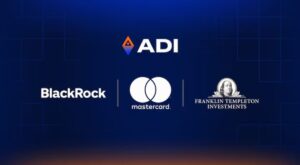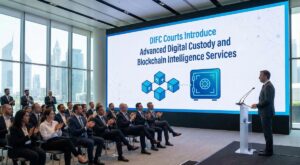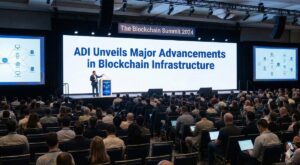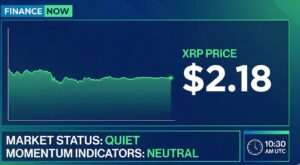Web3 uses blockchain technology to create user-owned decentralized networks in place of centralized institutions. Although at the center, there is a goal of decentralization, we find that a few centralized service providers control key gateways for accessing on-chain data, which poses risks that are often overlooked by the web3 community. Below, we explore more details on this silent threat and some solutions offered by some industry leaders.
What is a Remote Procedure Call (RPC)?
Remote Procedure Call (RPC) protocol is a method that allows programs to perform processes or functions on a remote server as if they were local. Basically, this concept has proven vital for distributed computing since it allows seamless communication between programs that are operating on different systems.
Similar Remote Procedure Call methods were first created in the 1990s by companies like Microsoft and are now used in blockchain networks. Actions like swapping assets, bridging to layer 2, buying NFTs, or accessing DeFi loans through wallets and platforms depend on reliable RPC nodes. In the event that these nodes fail, these apps become less useful as they are no longer able to access the network or the data necessary to enable transactions.
The Impact of Centralized Infrastructure on Web3
While centralized RPC providers initially made web3 application development faster, they also came with high costs and single points of failure, which pose security and reliability challenges.
On the one hand, developers, because of the high financial implications and overall resources needed to launch their blockchain-based applications, tend to choose third-party RPC providers like Alchemy, Infura, and QuickNode. However, these providers are reliant on web2 cloud hosting providers to maintain their server infrastructure, and the web3 space still sees regular outages whenever the large cloud providers experience downtime.
For instance, the popular Ethereum wallet Metamask is entirely dependent on Infura, and this causes problems with operations when Infura is unavailable. Ultimately, we can derive that the existing status runs counter to the idea of an open, incorruptible, and really unstoppable web3 ecosystem.
Exploring Alternatives to Centralized RPC Providers in Web3
Decentralized RPC node providers like Ankr, Lava Network, dRPC, and Pocket Network have emerged to mitigate the risks associated with centralization. Pocket Network, for instance, was launched in 2020 and aligns incentives for node operators with its native currency, POKT. However, the issue of token rewards is a major factor in its growth, which raises sustainability problems. Even while POKT has dropped 93% from its all-time high, it has lately increased by over 900%, which might increase adoption. Also, even Infura recognizes the dangers of centralization and intends to introduce its decentralized RPC node network, DIN, in 2025.
Early in 2023, P2P.org and over 20 web3 infrastructure providers launched dRPC.org, an innovative approach to decentralization. dRPC relies on a network of high-performance nodes managed by providers across different locations. In contrast to others, dRPC places more of an emphasis on load balancing and software development rather than managing nodes. In essence, dRPC uses an automatic grading system to choose the best providers. While it takes a “permissioned” approach, sacrificing some decentralization for performance, the market will determine the success of various decentralization models.
Takeaways
As the transition from centralized to decentralized infrastructure unfolds, criteria like pricing models, node performance, node client software, etc., become vital for resilient web3 infrastructure. The changing environment in 2023 points to a developing awareness for the benefits of decentralized solutions, which is essential for bringing the next billion web3 users online while preserving the fundamentals of decentralization.

